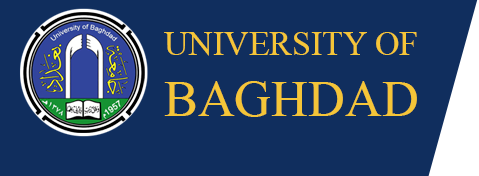Inventor: Muna Turkey Mossa/Department of Biology, College of Science for Women, University of Baghdad
Abstract
The contamination of food and feed with aflatoxin B1 (AFB1) one of the serious economic and health problems facing the countries. When the aflatoxin considered carcinogenic and secreted by two types of Aspergillus spp. include A. flavus and A. parasiticus high producing aflatoxin. In this innocence tested the effectiveness of modern physics technology is cold plasma or non-thermal plasma in the detoxification of AFB1 through exposure the concentration feed samples with AFB1 and the results are evaluated effectiveness of the technique to remove the toxin from the samples studied to below the avowable limit internationally. Research was conducted to evaluate the effectiveness of the technique through qualitative and quantification detection of AFB1 in dairy animal feed samples before and after treatment with cold plasma technique to treat the molds which produced AFB1 and reduce the level or remove the toxicity of AFB1 in the feed samples. Fifty samples of dairy animals feed samples were collected randomly from different regain in Bagdad from January to May 2015.These samples were divided into two groups, the first group include 15 samples of imported while the second group include 35 samples of local. The concentration of AFB1 were determined by using High Performance Liquid Chromatography (HPLC) and enzyme linked immune sorbent assay (ELISA) and reached concentration in the local samples (17.34 and 45.21) ng/g and imported samples (53.37 and 54.21)ng/g respectively, based on the equation of the standard curve of AFB1. The dairy animal feed samples were treatment using cold plasma technique by exposure them to different time (5,10 and 15) second alone, and was installed the distance between the plasma source and the samples at (3.5) cm and then determined the concentration of AFB1 using HPLC and ELISA technique. The results showed that the best time treatment to remove toxic AFB1 when exposure to (10) second in the local samples when reached (3.12 and 0.05)ng/g respectively while in imported feed samples reached (1.21 and 6.19)ng/g respectively. Also the results showed that exposure cold plasma with time at (15) second less effective in reducing the concentration of AFB1 were reached (11.1 and 17.207)ng/g in local samples and (3.4 and 18.87)ng/g in imported samples respectively. We conclude, first, that cold plasma technique or (non-thermal plasma technique) its efficiency is very high in reducing the concentration of aflatoxin including AFB1 to less than the permitted levels according to international standards (AFB1 not exceed 10 ng/g in feed) and that was difficult or sometimes impossible to break and remove these toxins to protect the dairy animals feed and protects consumer and community hazardous and reduce economic losses. Second, the increased exposure of the samples to the cold plasma technique is not necessary to increase the efficiency of detoxification.

